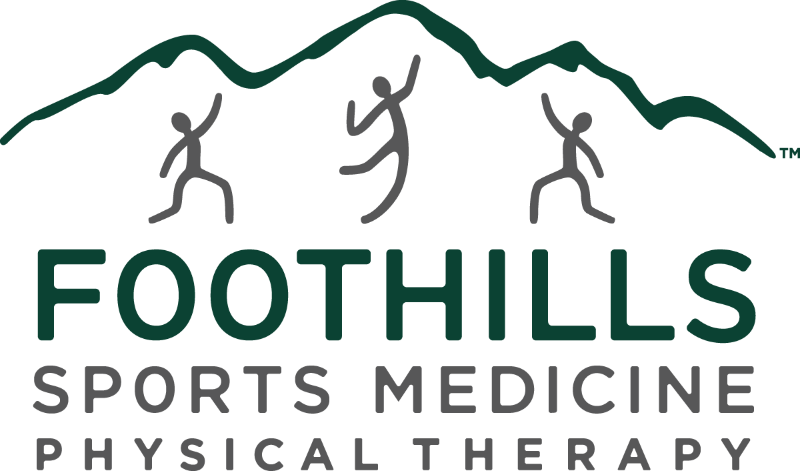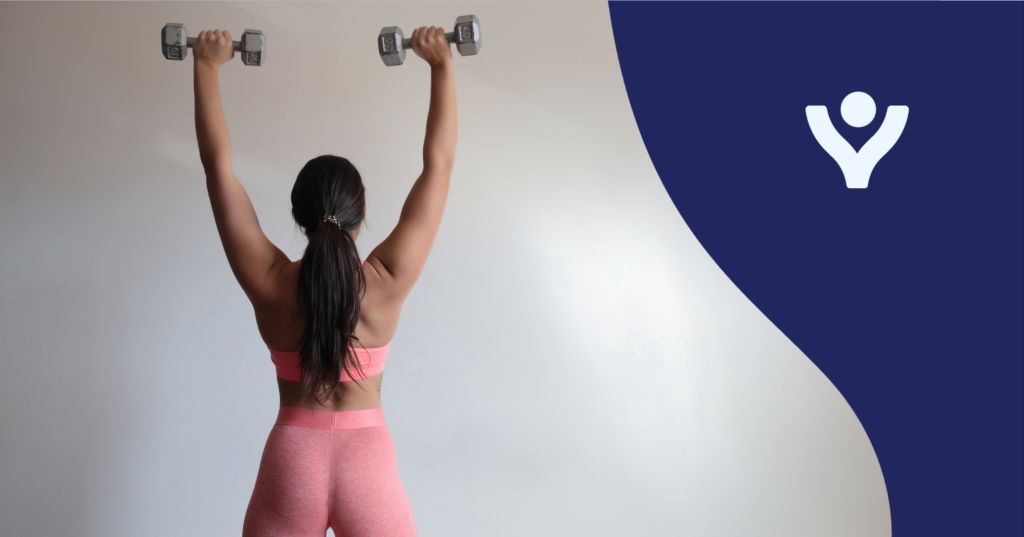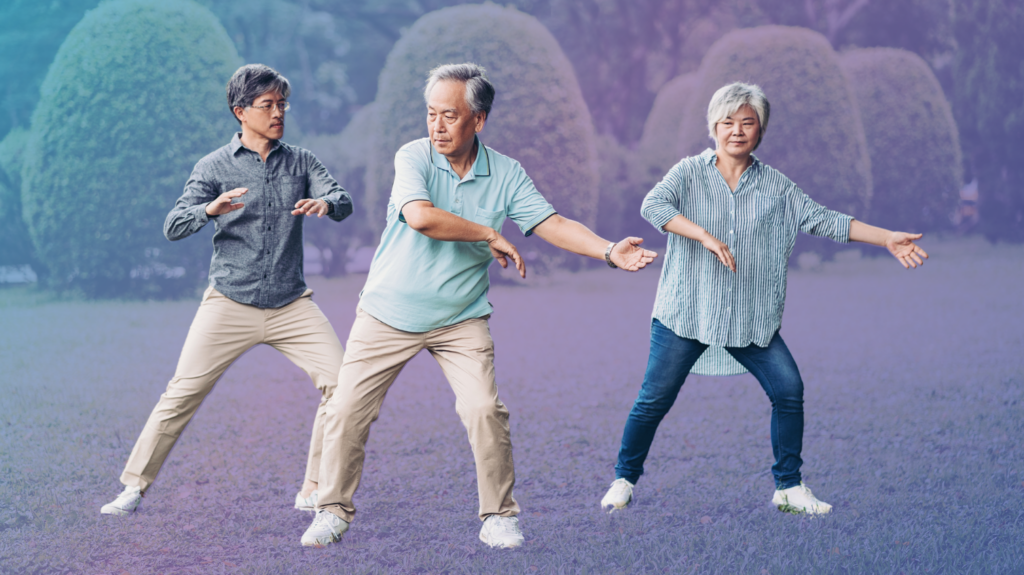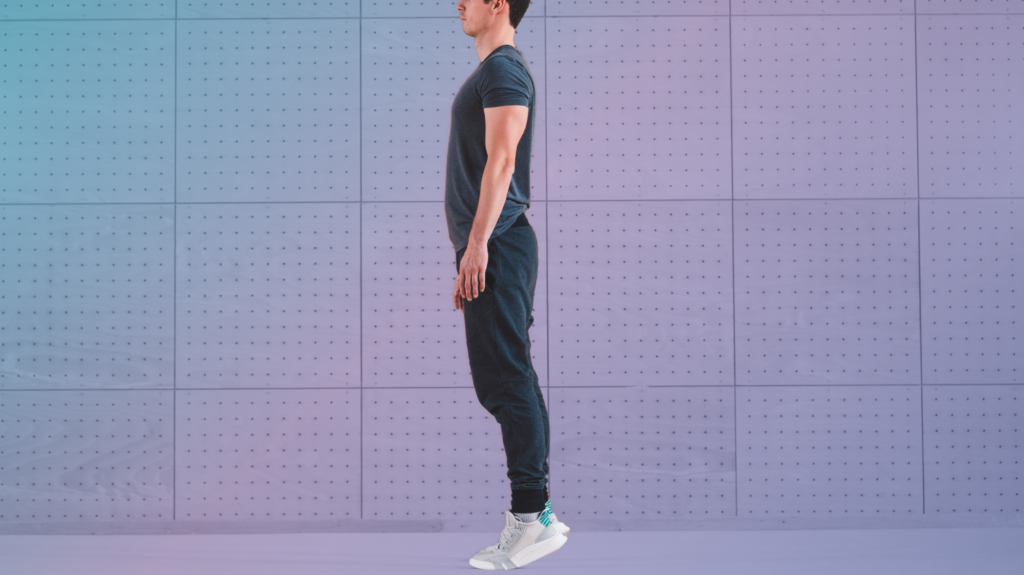Instrument assisted soft tissue mobilization, or IASTM for short, is a specialized treatment technique used by physical therapists to help treat and prevent persistent soft-tissue restrictions caused by repetitive motion and overuse. The treatments (also referred to as Graston or ASTYM) involve using beveled stainless steel or plastic/composite tools to locate abnormal soft-tissues, usually a tight muscle, scarring or a restricted joint. These areas are where adhesions and scar tissue typically develop and the application of IASTM is used to “scape” or break up this abnormal tissue and create minor inflammation to further promote the proliferation of new cells to create fresh and healthy tissue.
Studies have shown that IASTM to be effective and a great substitute for other, more invasive, treatments for soft tissue and joint problems such as injections. Many soft tissue mobilizations and techniques have been trademarked such as ASTYM, which uses plastic, patented edge tools that requires certification to administer and Graston Technique which uses a more aggressive approach using stainless steel tools with patented edges. All of these techniques are based on the same concept of trying to mobilize tissue, prevent restrictions, and treat chronic and acute injuries.
IASTM can be used specifically on runners in the sense that runners often end up with injuries that restrict normal tissue mobility. Ideally, layers of muscle and fascia should glide over one another as they move through a range of motion or contract. When this doesn’t happen, it is termed a “soft-tissue restriction”. This lack of mobility often causes pain and inability to run with proper form. Common examples include plantar fasciitis, achilles tendonitis, chronic, tight calf muscles, illiotibial band syndrome (ITB), and hamstring strains. The IASTM technique can be used to break up the adhesions between the tissue layers and bring blood flow to the affected area, aiding to recovery time and preventing risk of re-injury in the future. The treatment is often intense at the time of administration but it is usually very quick and very effective if followed by stretching and strengthening in new, more optimal movement patterns. Additionally, and most importantly, activity is encouraged during and between treatments. Therefore, continuing your training is encouraged while undergoing IASTYM treatment.
Foothills Sports Medicine Physical Therapists are heavily involved in the running community and many will be side-by-side with you running this year’s Phoenix-Mesa Marathon. Visit our website to schedule a FREE Rapid Recovery Injury Assessment.
How Instrument Assisted Soft Tissue Mobilization Can Help Long Distance Runners




